The world’s most fascinating archaeological finds don’t just belong in museum cases – many are accessible to curious travelers who want to experience history firsthand. While some famous sites require lengthy journeys to remote locations, these remarkable discoveries can be visited and appreciated by anyone with an interest in the past.
From ancient cities to prehistoric monuments, these sites offer tangible connections to human history and remind us that incredible discoveries still wait to be found beneath our feet.
Terracotta Warriors, Xi’an, China
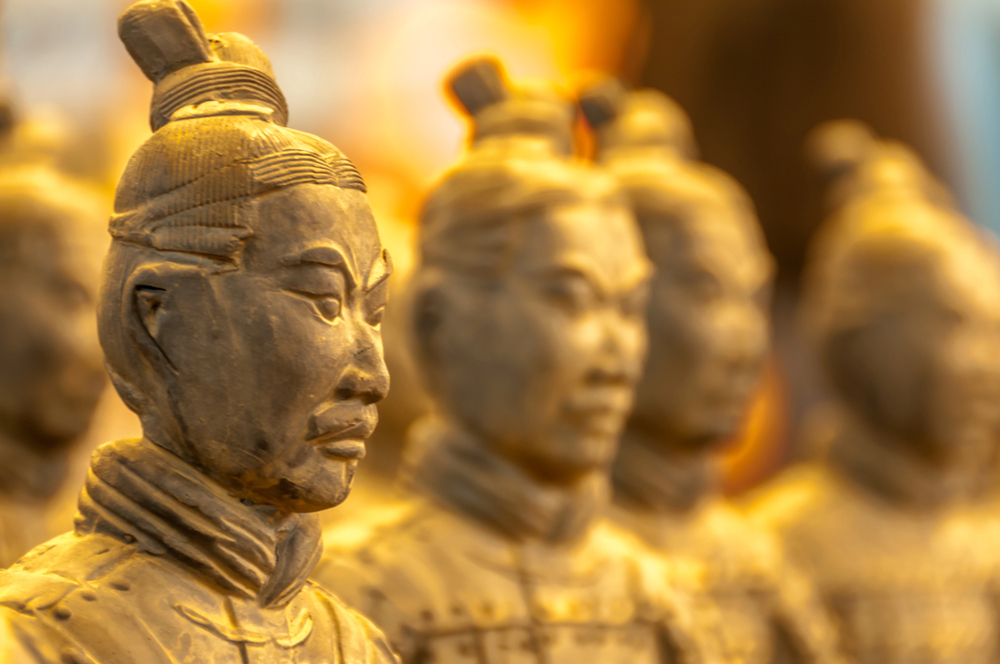
Three farmers digging a well in 1974 accidentally uncovered one of archaeology’s most spectacular finds: an army of life-sized clay soldiers guarding Emperor Qin’s tomb. Today, you can walk through vast halls containing thousands of uniquely detailed warriors, each with distinct facial features and expressions.
The site continues to yield new discoveries, with ongoing excavations regularly revealing more figures and artifacts.
Derinkuyu Underground City, Turkey
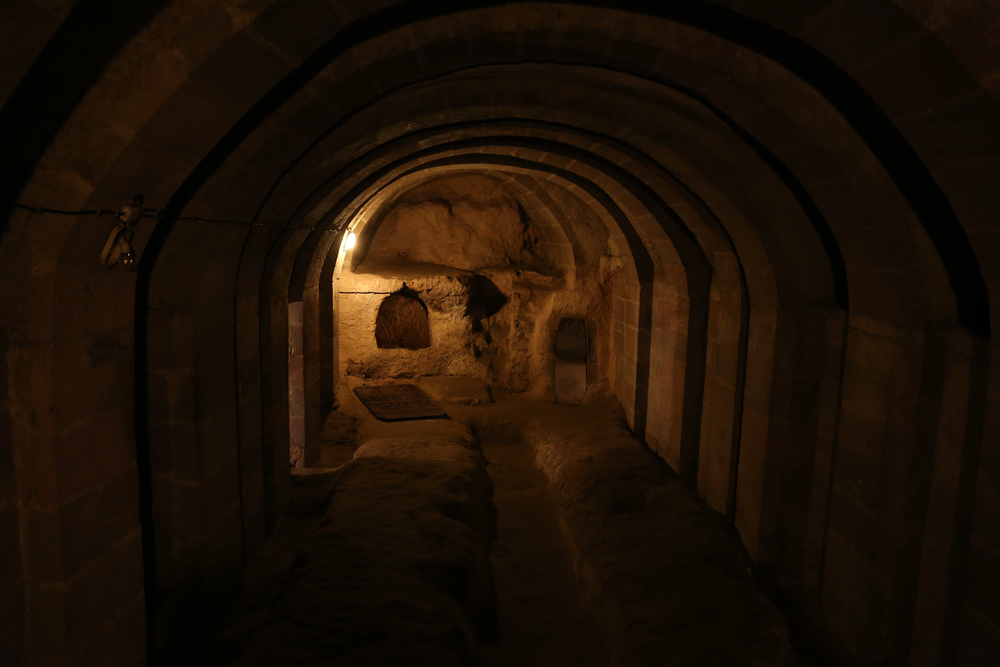
This ancient underground refuge in Cappadocia descends eight levels into the earth, once sheltering thousands of people and their livestock. The complex network of tunnels includes living quarters, food stores, religious spaces, and wells, all connected by narrow passages that could be sealed with massive stone doors.
Modern visitors can explore several levels of this underground marvel, walking through the same corridors used by ancient inhabitants seeking shelter from invaders.
Like Travel Pug’s content? Follow us on MSN.
Moai of Easter Island, Chile
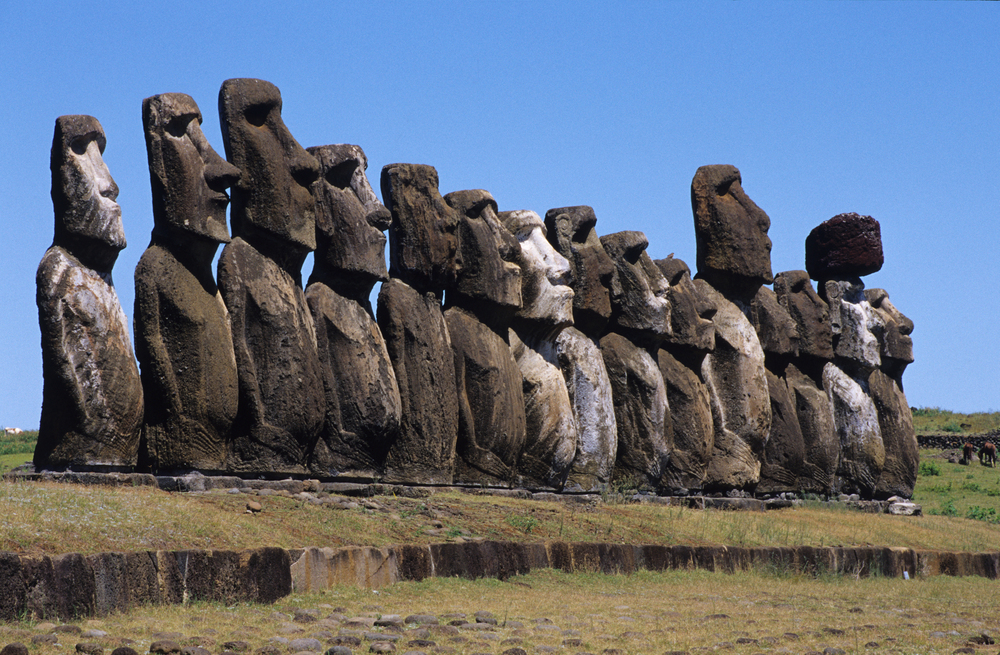
The massive stone heads of Rapa Nui stand as a testament to ancient engineering and artistic achievement, with recent excavations revealing full bodies buried beneath the surface. Visitors can walk among these iconic statues, learning about their creation and transportation from the island’s ancient quarry.
Modern archaeological work continues to uncover new information about how these massive monuments were moved and erected.
Pompeii, Italy
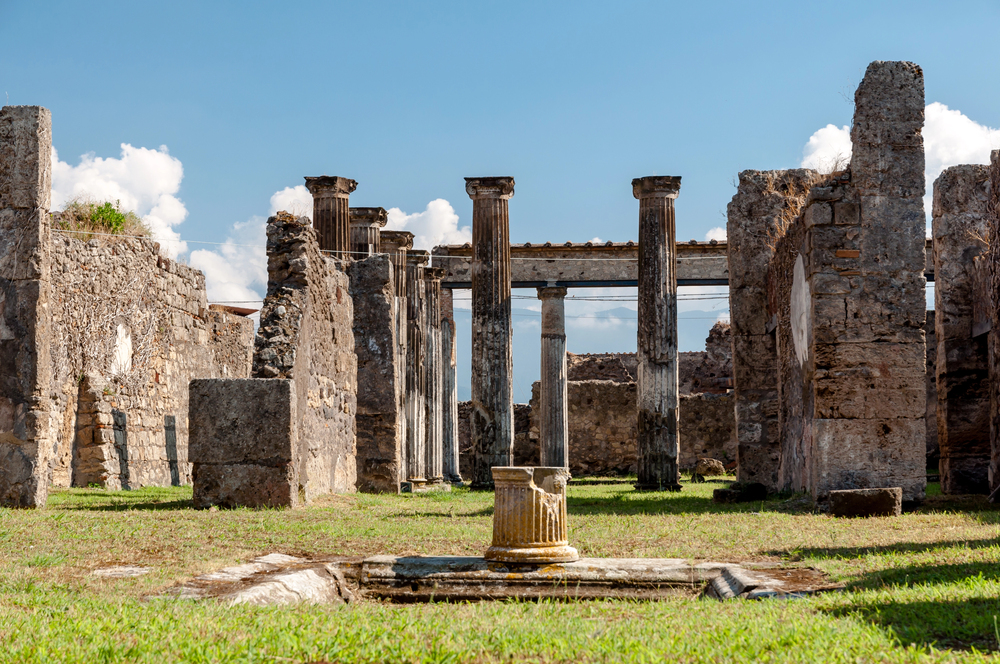
The volcanic disaster that destroyed this Roman city in 79 CE preserved it in remarkable detail, creating a time capsule of daily life in the ancient world. Recent excavations have revealed colorful frescoes, intact buildings, and poignant human remains that tell the story of the city’s final day.
Visitors can walk through all of Roman streets, entering houses and shops that look as much as they did two thousand years ago.
Göbekli Tepe, Turkey
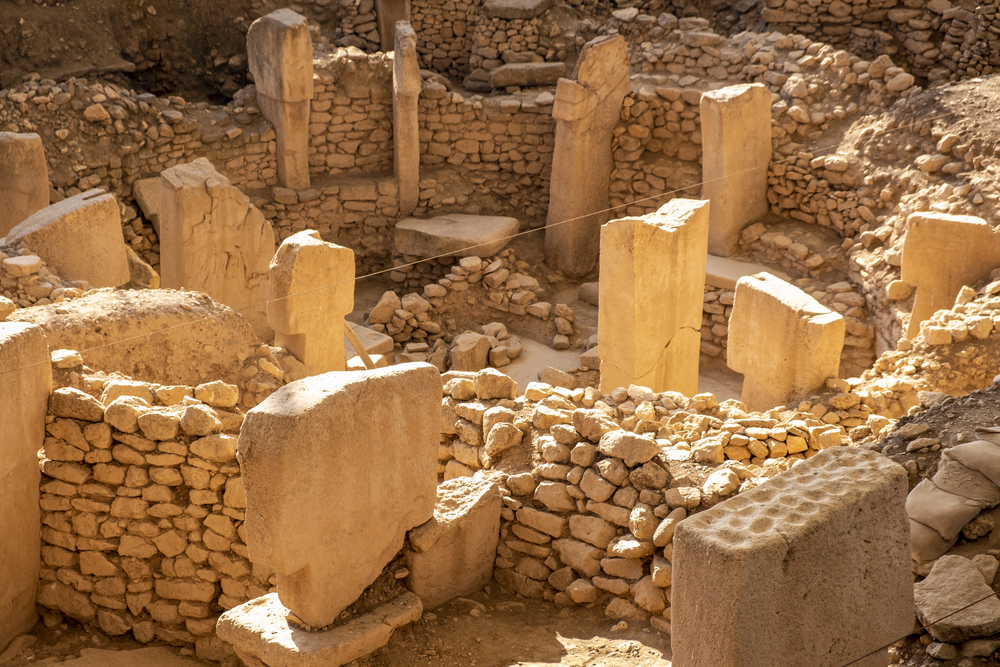
This revolutionary discovery has rewritten our understanding of prehistoric human civilization, revealing complex religious structures built before the invention of agriculture. The massive stone pillars, decorated with intricate animal carvings, predate Stonehenge by about 6,000 years.
Modern protective shelters allow visitors to examine these ancient monuments while archaeologists continue to uncover new sections of this mysterious site.
Like Travel Pug’s content? Follow us on MSN.
Sutton Hoo, England

This remarkable Anglo-Saxon ship burial, discovered in 1939, revealed unprecedented insights into early English history through its spectacular gold and garnet treasures. Today, visitors can walk the ancient burial grounds and see full-scale reconstructions of the findings.
The recently renovated visitor center uses cutting-edge technology to help people understand the significance of these incredible discoveries.
Lascaux IV, France
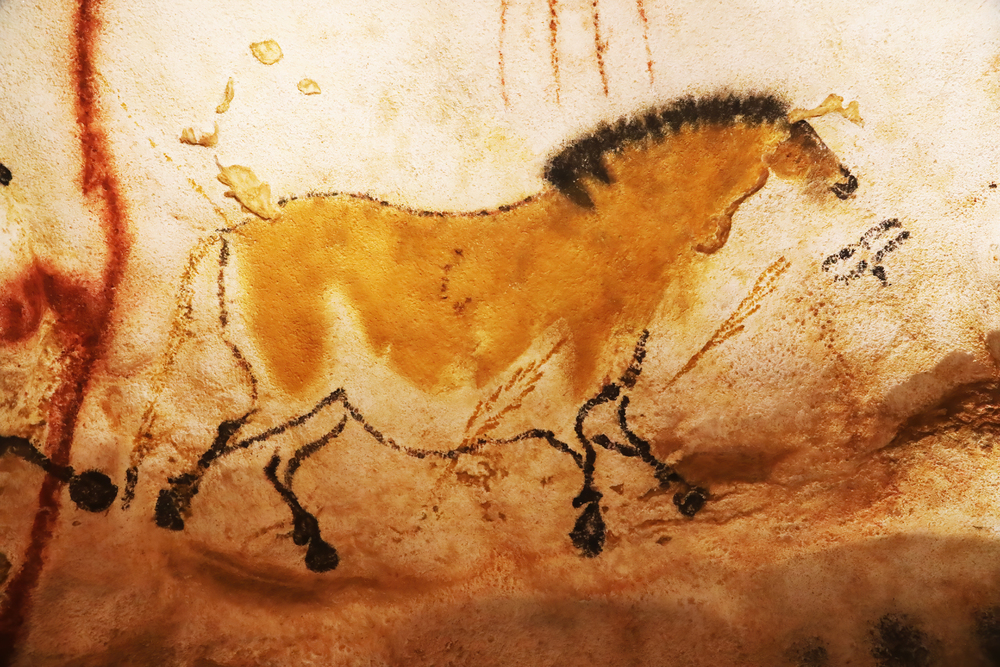
While the original prehistoric cave paintings must be preserved from human contact, this perfect replica allows visitors to experience the wonder of humanity’s earliest known artwork. Advanced scanning and reproduction techniques have recreated every detail of the 17,000-year-old paintings.
The accompanying museum uses virtual reality and interactive displays to explain the significance of these ancient masterpieces.
Incan Body Mummies, Peru
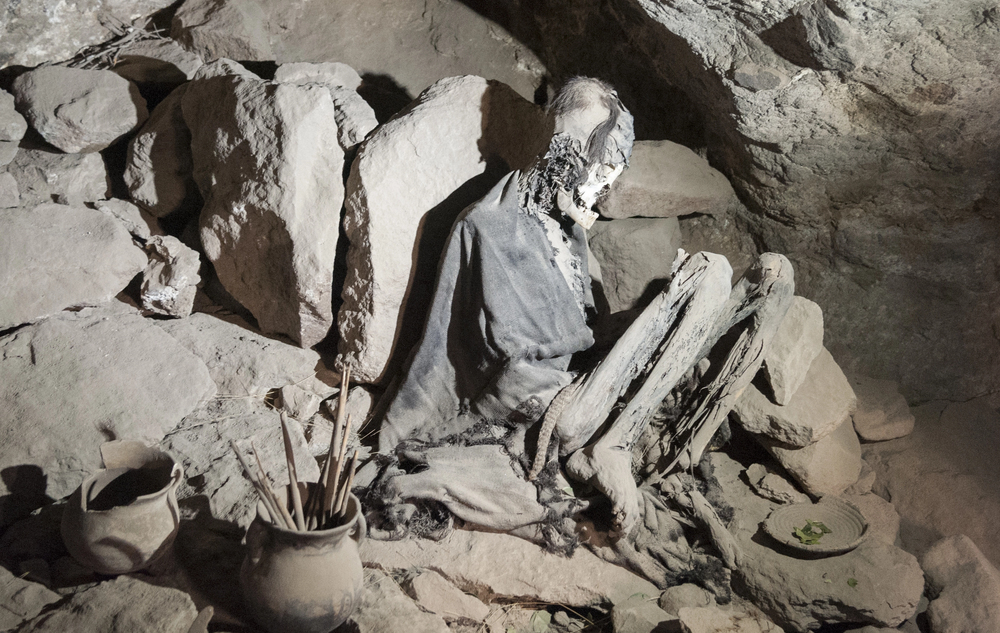
High in the Andes, perfectly preserved ice mummies known as ‘capacocha’ reveal incredible details about Incan sacrifice and ritual. These remarkable finds, including the famous ‘Ice Maiden,’ are displayed in carefully climate-controlled museum conditions in Arequipa.
Visitors can see the incredibly preserved clothing, hair, and personal items that accompanied these ancient offerings.
Like Travel Pug’s content? Follow us on MSN.
Dead Sea Scrolls, Israel

The discovery of these ancient religious texts in desert caves near the Dead Sea revolutionized our understanding of early Judaism and Christianity. The scrolls and their fragments are displayed on rotation at the Israel Museum’s Shrine of the Book, while the caves where they were found can be visited near Qumran.
Modern conservation techniques allow these delicate documents to be safely exhibited while ensuring their preservation for future generations.
Mohenjo-Daro, Pakistan
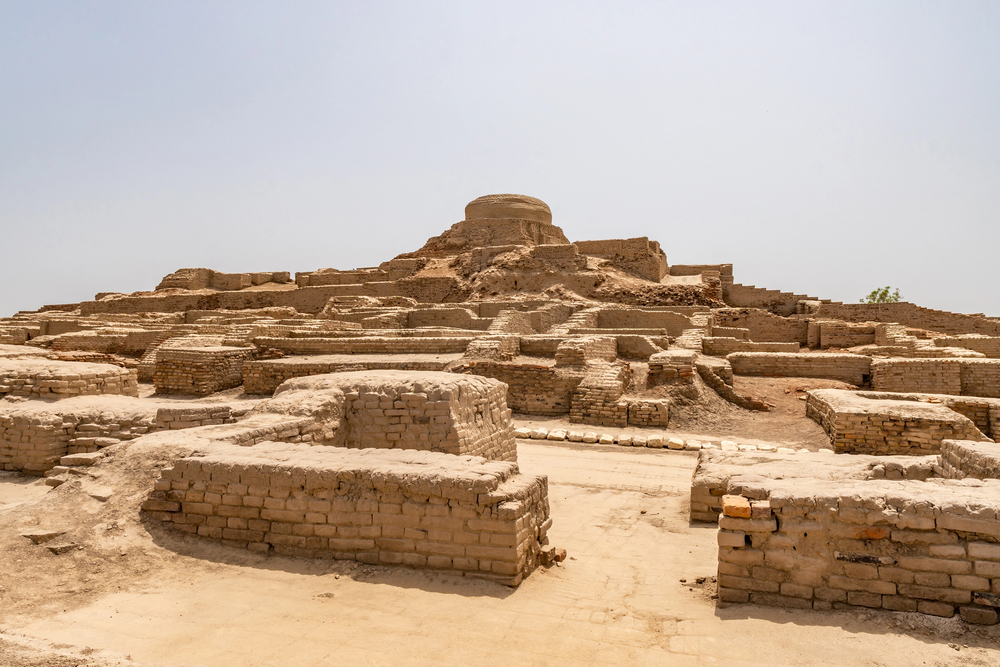
This Bronze Age metropolis represents one of the world’s earliest urban civilizations, with sophisticated city planning and advanced water management systems. The well-preserved ruins reveal a remarkably organized city with wide streets, public baths, and two-story houses built 4,500 years ago.
Visitors can walk through the ancient streets while imagining life in this advanced civilization.
Antikythera Mechanism, Greece
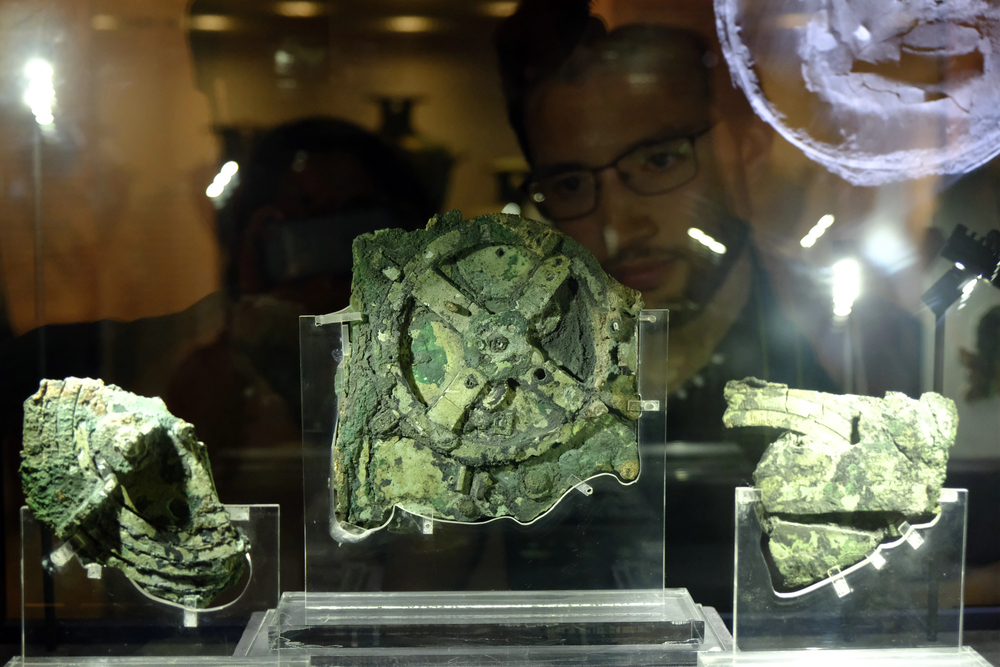
This ancient Greek astronomical calculator, often called the world’s first computer, demonstrates sophisticated mechanical knowledge from over 2,000 years ago. The original fragments are displayed at the National Archaeological Museum in Athens alongside modern working replicas that demonstrate their incredible complexity.
Interactive displays help visitors understand how this remarkable device predicted astronomical events and tracked the ancient calendar.
Like Travel Pug’s content? Follow us on MSN.
Tollund Man, Denmark
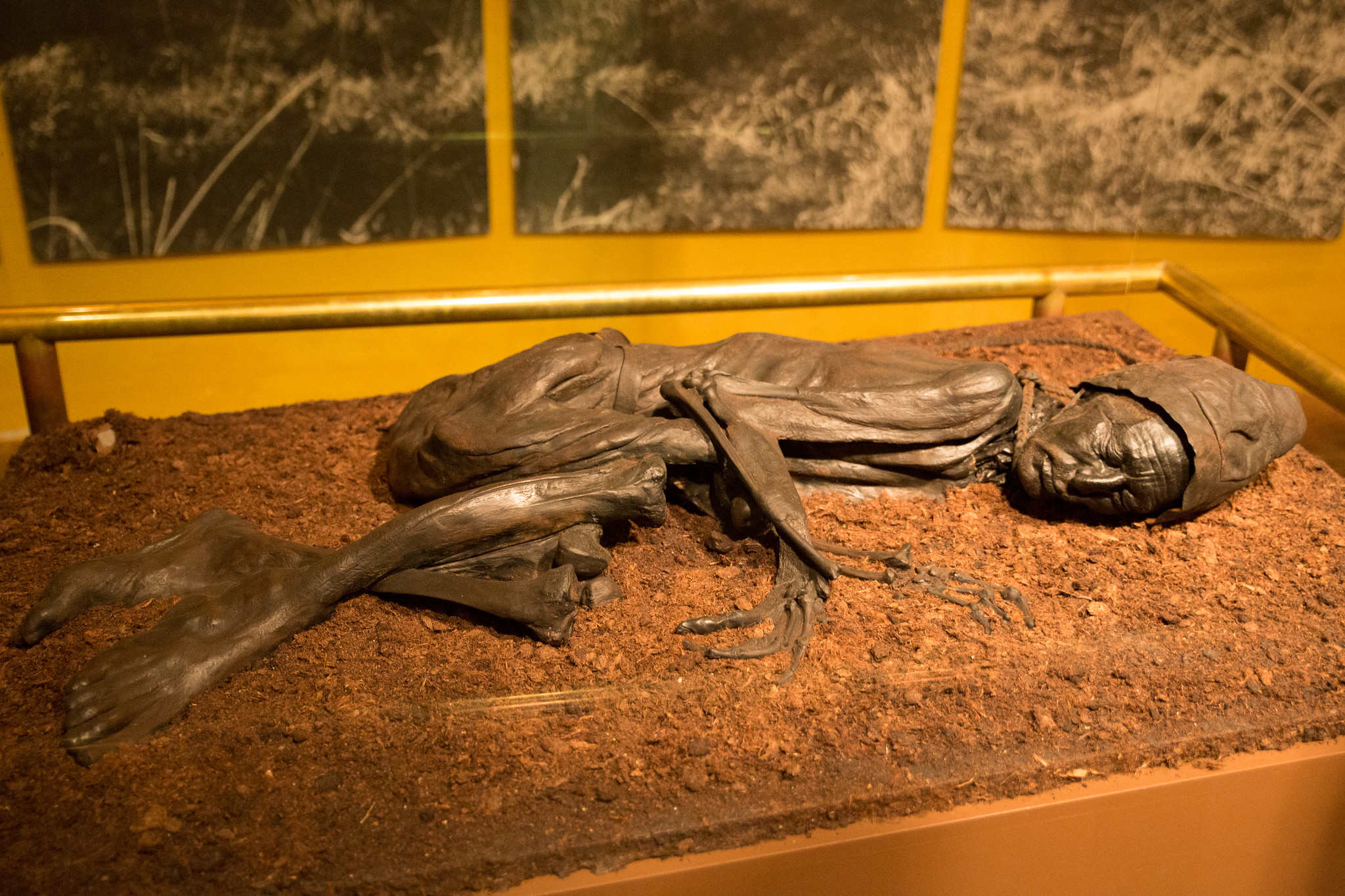
This incredibly preserved Iron Age bog body provides unprecedented insights into life and death in prehistoric northern Europe. The man’s peaceful expression and perfectly preserved features, including his last meal, create an eerily intimate connection across millennia.
Visitors to the Silkeborg Museum can see this remarkable find while learning about the latest scientific analysis of similar bog bodies.
Terrace of the Leper King, Cambodia
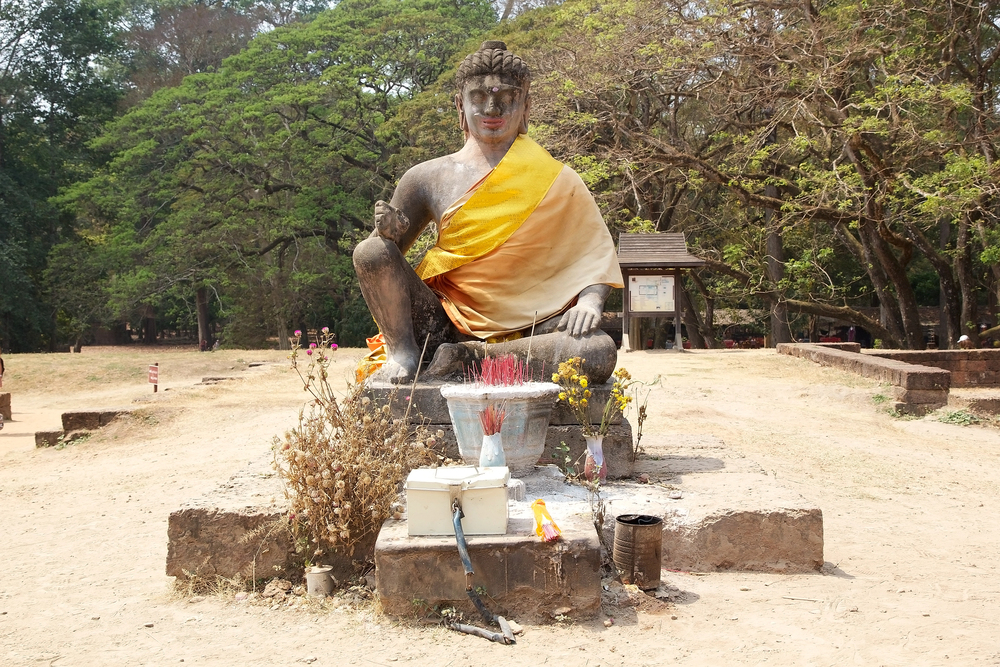
This hidden gallery of detailed carvings was discovered during restoration work at Angkor, revealing a mysterious second wall decorated with supernatural beings and demons. The narrow corridor between the walls creates an intimate space where visitors can examine the intricate carvings up close.
Recent research suggests these may represent the underworld in ancient Khmer cosmology.
Vindolanda Tablets, England
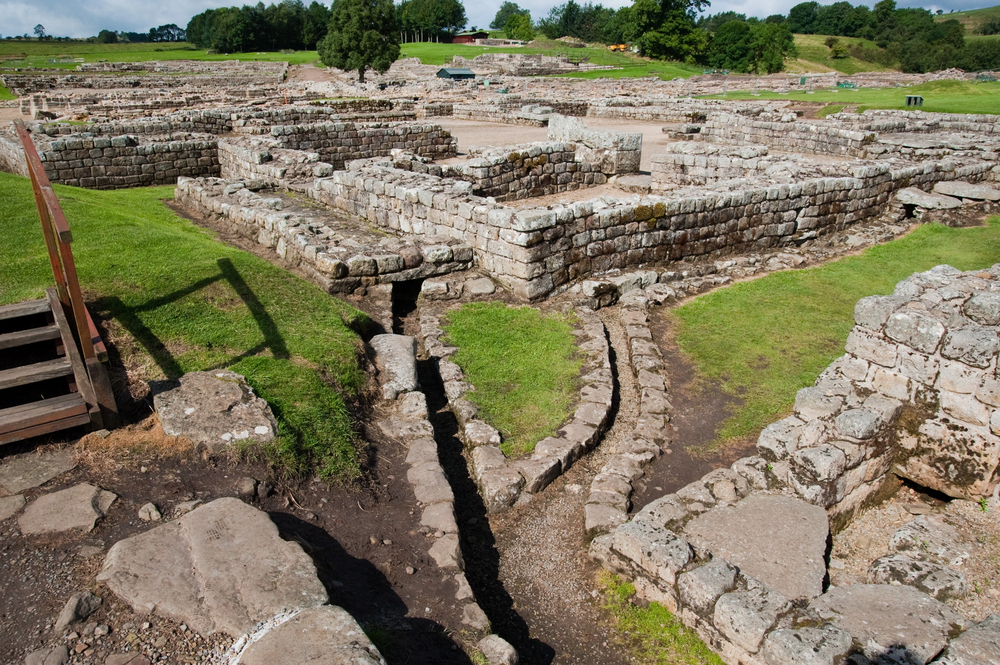
These remarkable wooden writing tablets from a Roman fort near Hadrian’s Wall provide intimate glimpses into daily life on the empire’s frontier, from birthday party invitations to requests for warm socks. The ongoing excavations continue to uncover new tablets, while the on-site museum displays the most remarkable finds.
Visitors can watch archaeologists at work during the summer excavation season.
Like Travel Pug’s content? Follow us on MSN.
Sunken Cities of Egypt, Alexandria
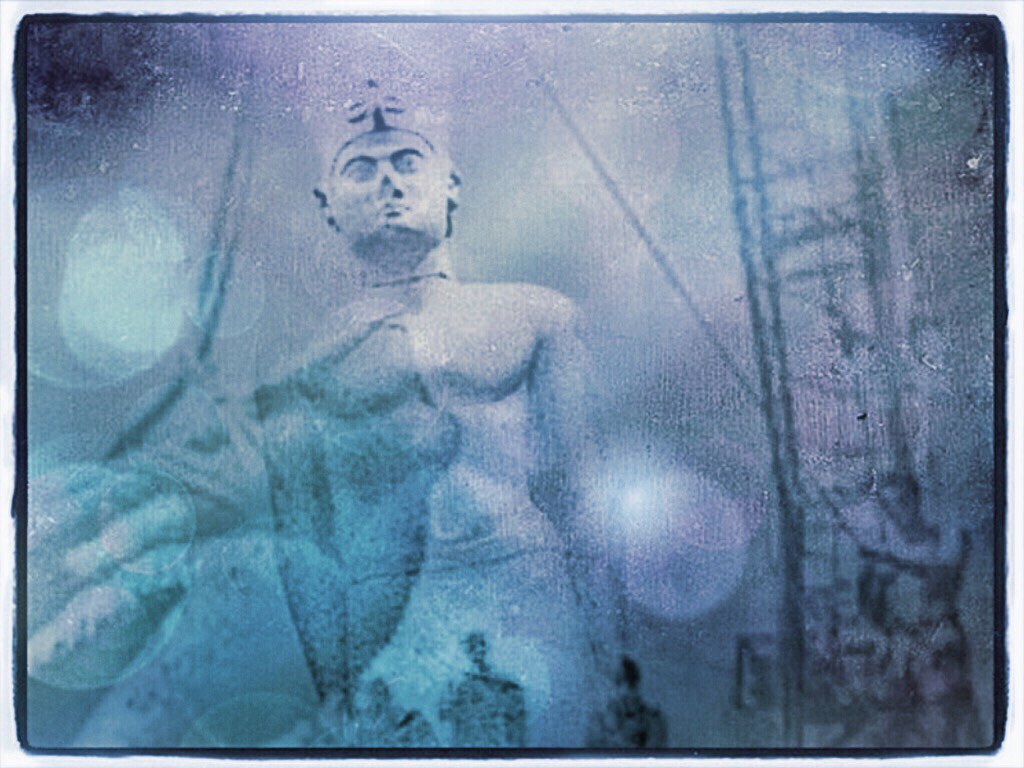
Recent underwater archaeology has revealed the lost cities of Thonis-Heracleion and Canopus, submerged beneath the Mediterranean for over a thousand years. Giant statues, gold coins, and ritual objects have been recovered from these perfectly preserved ancient ports. While most artifacts are displayed in museums, trained divers can visit the underwater sites with special permits.
Hallstatt Salt Mine Mummies, Austria
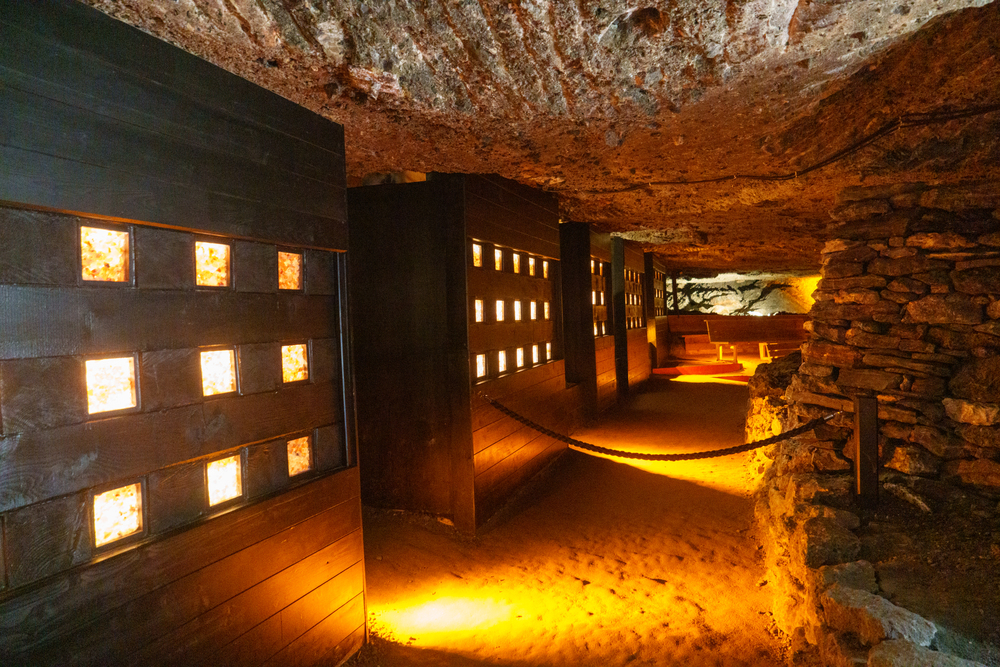
The perfect preservative conditions in ancient salt mines have preserved leather, textiles, and human remains from over 3,000 years ago, including a prehistoric backpack and protective fur clothing. Visitors can tour the ancient mine tunnels while learning about prehistoric salt mining techniques.
The fascinating ‘Man in Salt’ exhibition displays these remarkably preserved organic materials.
Newgrange, Ireland
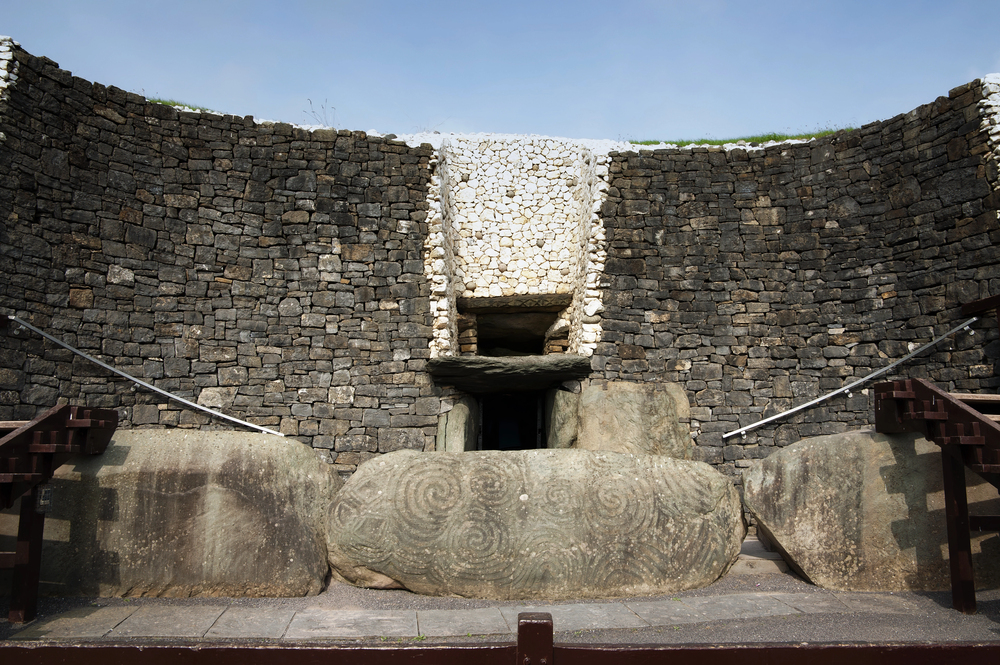
This massive Neolithic monument predates the pyramids, with its sophisticated solar alignment marking the winter solstice with remarkable precision. The main chamber remains completely waterproof after 5,000 years, demonstrating the incredible engineering skills of its builders.
Visitors can enter the chamber and experience the same solar phenomenon that amazed people thousands of years ago.
Like Travel Pug’s content? Follow us on MSN.
Uluburun Shipwreck, Turkey
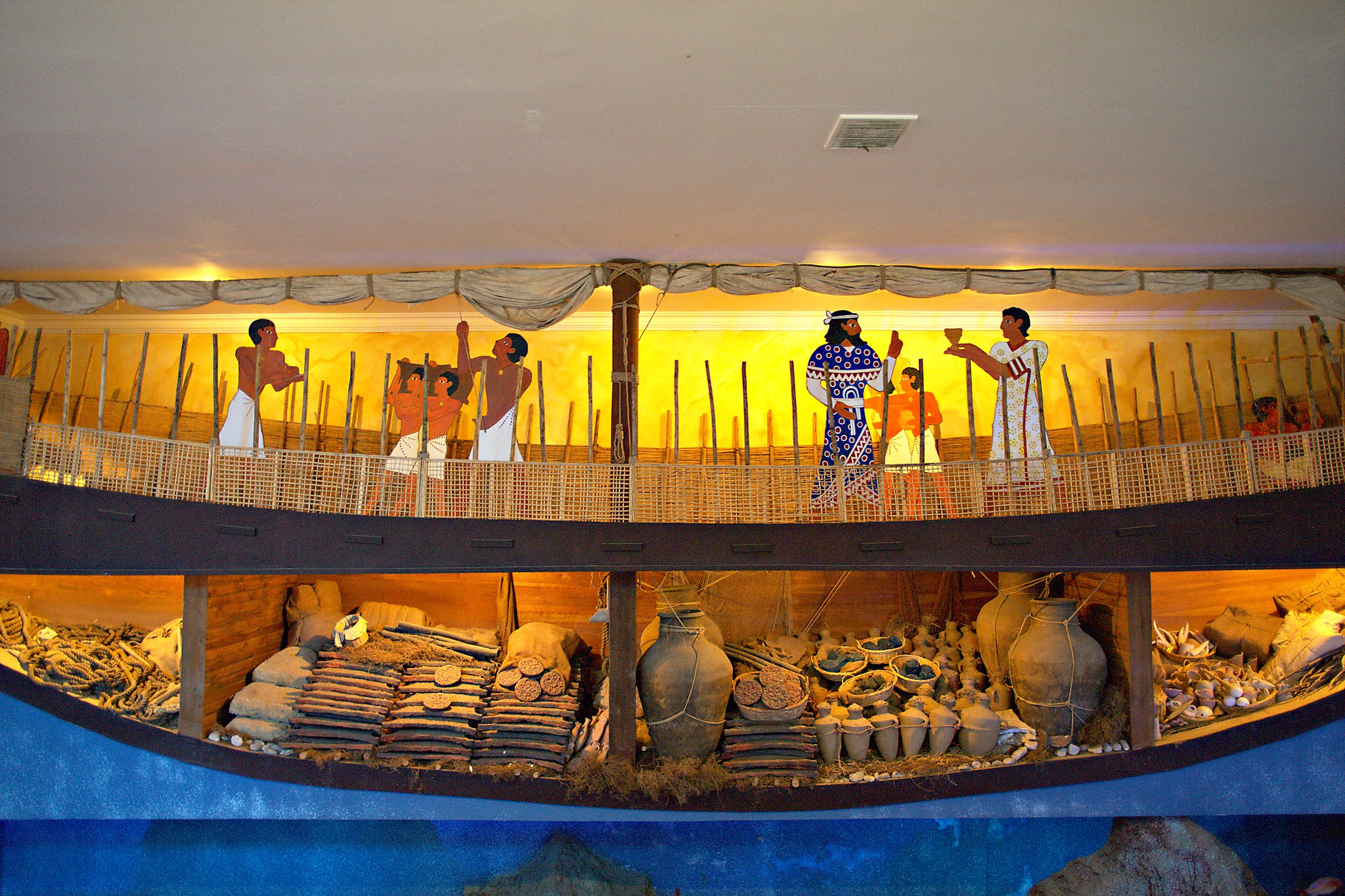
This Bronze Age shipwreck, discovered by a sponge diver, provides unprecedented insights into ancient Mediterranean trade through its perfectly preserved cargo. The full-scale reconstruction at Bodrum’s Museum of Underwater Archaeology displays the ship’s incredible range of goods, from African ivory to Baltic amber.
The continuing analysis of this remarkable find reveals new details about ancient maritime trade networks.
Chauvet Cave Art, France
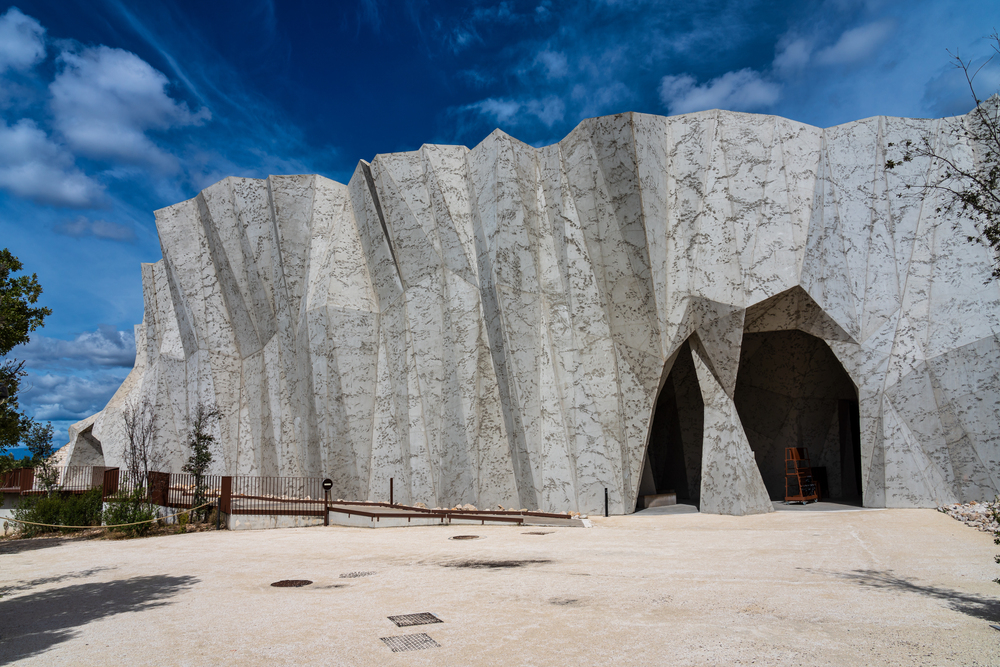
While the original cave remains closed to protect its 32,000-year-old paintings, an exact replica allows visitors to experience some of humanity’s earliest artwork. The carefully recreated cave preserves every detail of the original, from animal footprints to bear claw marks on the walls.
Advanced lighting systems help visitors understand how ancient artists used the cave’s natural features in their work.
Accessible Wonders: Step Into History

The accessibility of these remarkable archaeological discoveries allows everyone to experience the thrill of connecting with our distant past.
Whether you’re examining the expressions of individual terracotta warriors or walking through streets last used by Roman citizens, these sites offer unique opportunities to step back in time and understand our shared human story.
Like Travel Pug’s content? Follow us on MSN.
More from Travel Pug

- 15 Dangerous European Cities to Avoid
- 15 Caribbean Islands Where Tourists Keep Getting Scammed
- The 20 Most Fascinating Abandoned Places: A Journey Through Time and Forgotten Spaces
- 15 Hidden Places in the Smithsonian Museums Locals Love: A Guide to Lesser-Known Treasures
- 16 Hidden Florida Beach Towns That Aren’t Overrun with Tourists
Like Travel Pug’s content? Follow us on MSN.
